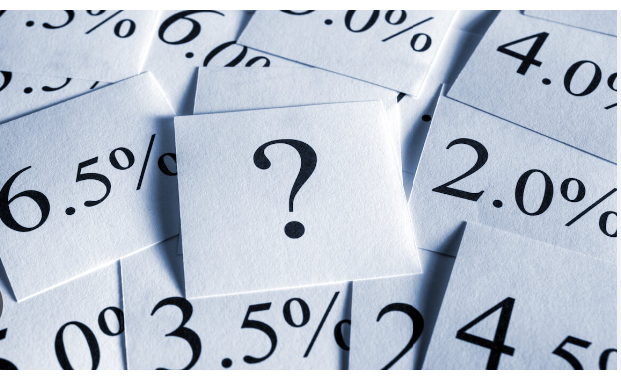Last week, September consumer inflation rose to 3.0% MoM (vs August inflation at 2.5%MoM), surpassing both market consensus at 2.2% MoM and DB forecast at 2.3% MoM. Even if annual headline inflation decelerated to 49.4%, led by base effects, worsening in underlying inflation dynamics raised concerns about the pace of disinflation. Strong inertia in services inflation and FX depreciation in August seemed to have been delaying the disinflation process. The main sources of upside surprise were higher than expected food, core goods and services inflation.
Seasonally adjusted monthly headline inflation, a key metric for the CBT, remained elevated at 2.8% in September. Seasonally adjusted core inflation accelerated to 3%, marking the highest level in four months and confirming the deterioration in the underlying trend of inflation. Other trend inflation indicators such as SATRIM and median inflation also signaled an increase in underlying inflation. In response to the upside surprise in September inflation, we revise our inflation forecasts for both end-2024 and end-2025 to 43.9% (42.3 before) and 25% (23.2% before), respectively.
Implications for monetary policy
While we still expect the underlying inflation trend to slow down in Q4 thanks to moderation in services and core goods inflation, slower-than-expected disinflation requires the CBT to adopt a more cautious stance than we previously expected. We now expect the CBT to start its easing cycle in January 2025 rather than November this year. In terms of the magnitude of rate cuts, we still expect the CBT to start with a 250bps rate cut, to bring rates to 47.5%.
Aside the stickiness of underlying inflation, we justify this with the seasonally unfavorable period for current account dynamics towards the end of the year, positive fiscal impulse through rising cash budget deficit and elevated lira positioning of both foreign and local investors. This supports a more prudent approach to monetary policy, in our view. Uncertainty regarding the minimum wage process, administered price hikes, geopolitical developments and volatility in oil prices support our call. Fragile expectations justify keeping the policy rate risk premium high at the beginning of interest rate cuts to anchor inflation expectations more effectively.
Although reasonably well balanced, risks to our revised call for January as the first rate cut are skewed towards an earlier start of the easing cycle rather than later. However, this would require no further upside surprises to our inflation forecasts for Q4, as well as on the external front, no increased market volatility post the US election and most importantly no further escalation in the middle east. This said, we could also see the CBT to push out the first rate cut to later in 2025, in case the minium wage hike for 2025 surprises significantly to the upside relative to market expectations (25%-30%).
Overall, we expect the CBT to adopt a gradual but persistent cutting cycle (rather than rate cuts more than 250bps per meeting) and set its policy rate to 35% at the end of Q2-25 and 27.5% at the end of 2025 (previously 25%). Further rate cuts could then be delivered in 2026 with room for rates to reach levels below 20%.
Excerpt from Deutsche Bank research report titled Türkiye (CBT): there are reasons to be Patient
Follow our English language YouTube videos @ REAL TURKEY: https://www.youtube.com/channel/UCKpFJB4GFiNkhmpVZQ_d9Rg
And content at Twitter: @AtillaEng
Facebook: Real Turkey Channel: https://www.facebook.com/realturkeychannel/
